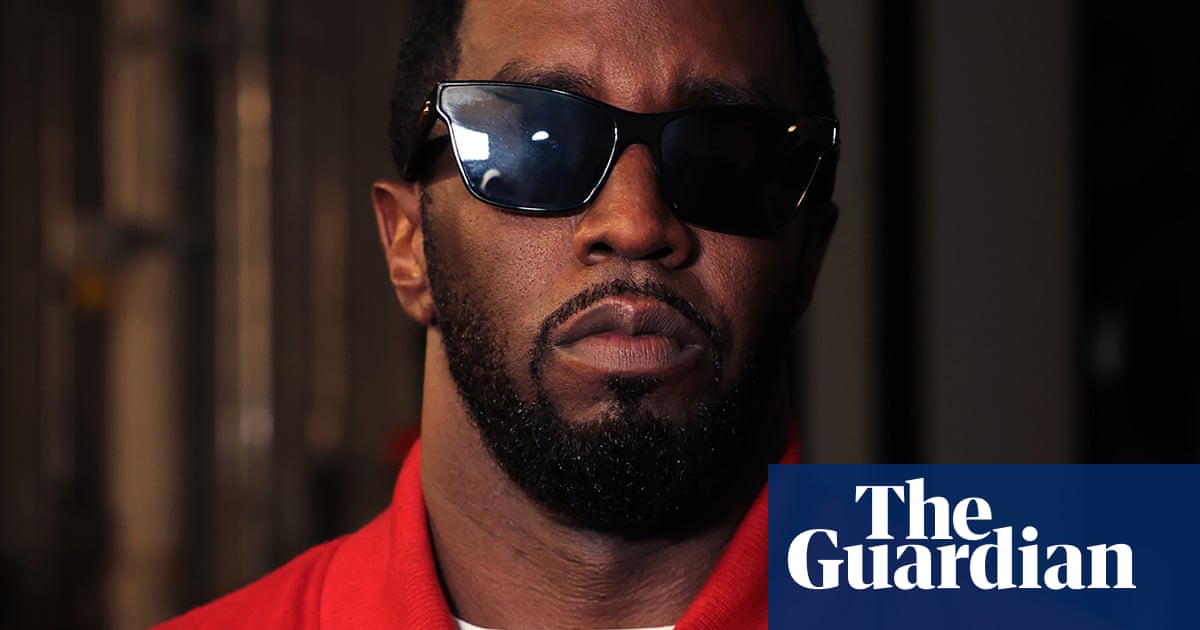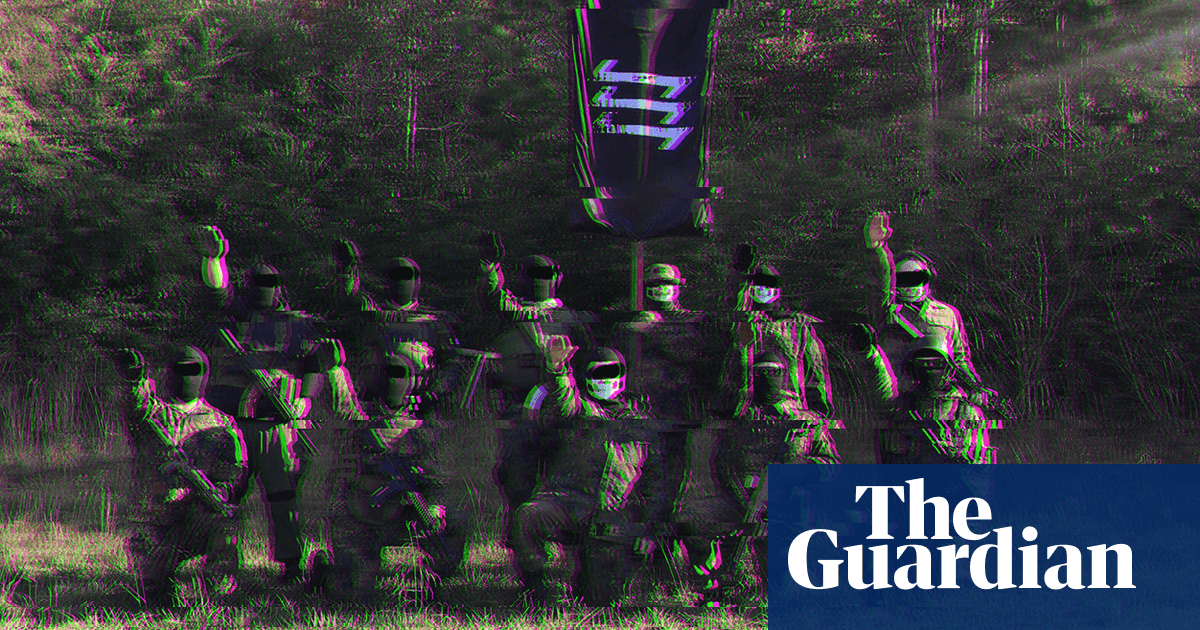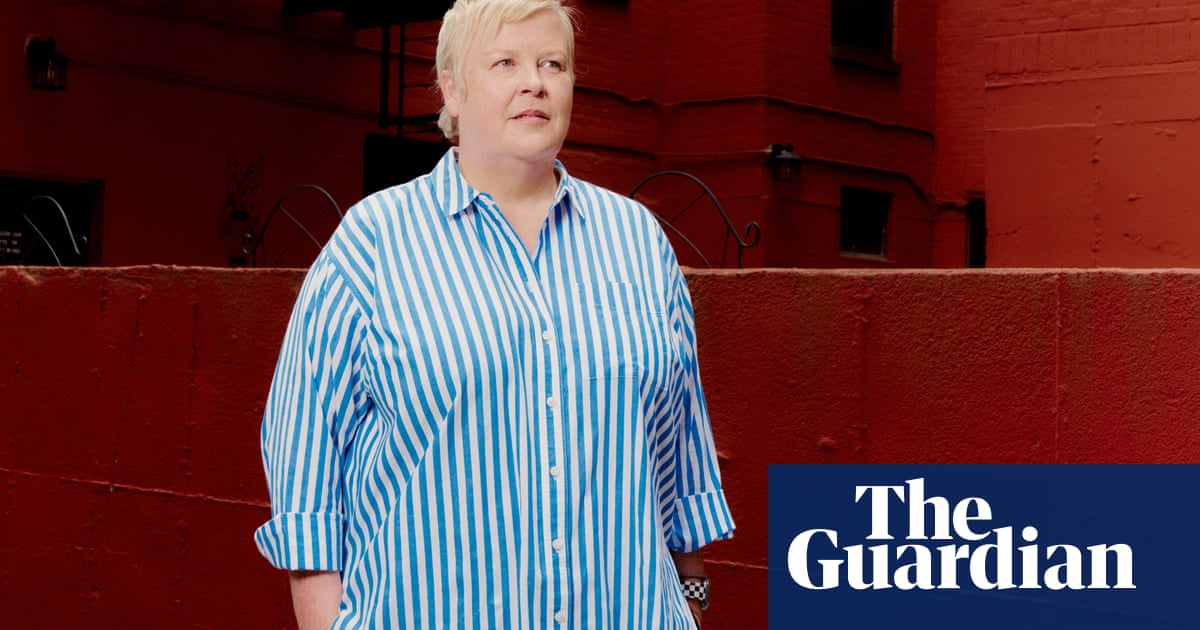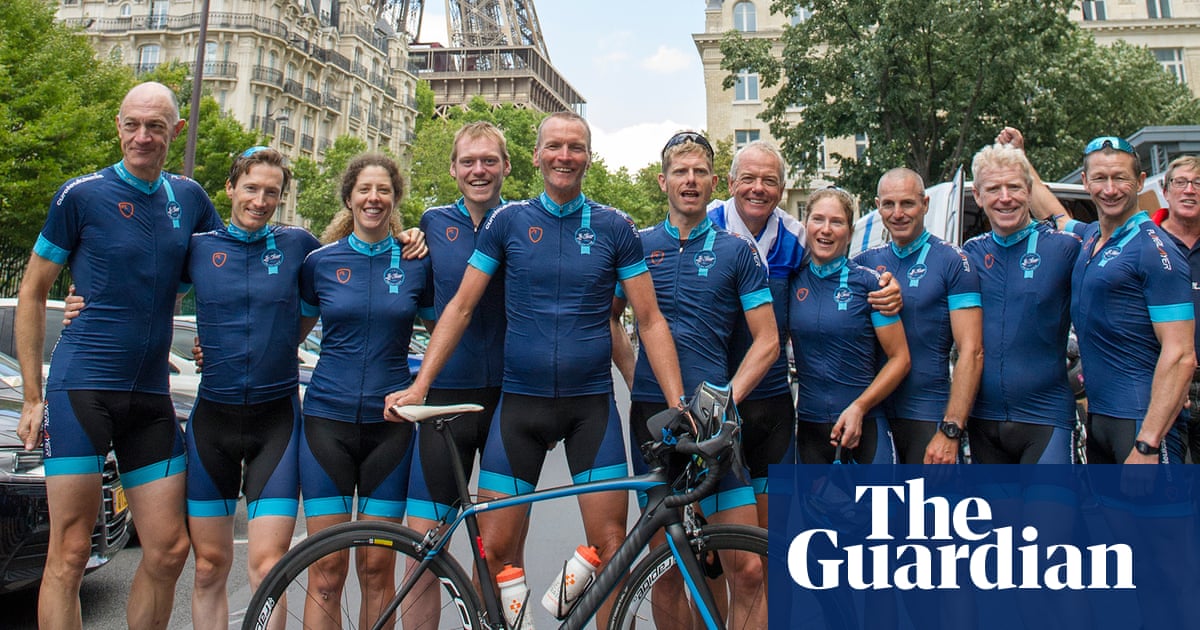I’m staring at the screen, trying to write a joke. It involves a muscle called the gluteus maximus, Roman centurions and possibly a reference to Biggus somebody from Monty Python’s Life of Brian.
I’ve been sitting here for over an hour, so long that when I finally stand up I have to hobble and wobble a few steps before I can get my stride back.
It’s because my glutei maximi are a bit of a joke. I have spent so much of my life literally sitting on this Roman-sounding muscle, staring at screens, trying to think up killer first lines to stories that by middle-age this undernourished workhorse is vocalising its disappointment at my life choices.
Everyone seems to be talking about glutes right now and it’s not just some fad brought on by Kim Kardashian’s internet-breaking bum. Fitness instructors tell us to “switch on those glutes”, or admonish us for having “lazy” glutes or “dead butt syndrome”; suddenly, it’s all about the bass. And it’s for good reason.
The gluteal muscles are vital for getting us up and about, yet humanity’s increasingly sedentary lifestyle and work are leading to neglect of our glute health, with potentially serious consequences for our overall health.
Let’s meet the triumvirate of the tush muscles: gluteus maximus, gluteus medius and gluteus minimus. Maximus is, as the name suggests, the big one that makes up what might colloquially be known as the butt cheek and which attaches at the back of the pelvis and at the side of the thigh bone.
“Glute max is largely responsible for extending your hips, so pushing your leg behind you,” says associate professor Angie Fearon, a physiotherapist at the University of Canberra. “If you’re standing up and you pushed your leg backwards, that would be that muscle … it pushes you forwards when you’re walking, or running or hopping or skipping.” Gluteus medius and minimus take the leg out to the side and manage the rotational movement.
These three muscles are vital in keeping the pelvis stable during walking, lifting the leg up and powering us forward. They are also a link from the core muscles in the stomach and the lower back down to the muscles of the legs.
Weak gluteal muscles can lead to what Dr Charlotte Ganderton describes as a teapot-style gait, where people tilt their upper body from side to side over their hip as they walk. “They’re actually throwing their whole torso over their hip to be able to clear their foot through, and that obviously has significant consequences on the rest of your body and the joints that are further up from the hip, so the spine,” says Ganderton, a physiotherapist at RMIT and Alphington Sports Medicine in Melbourne.
The real problem with neglected gluteal muscles is what they can lead to. “If you don’t have good functioning gluteal muscles, the actual hip joint is the one who takes on those forces,” Ganderton says. “People that have hip pathology – so hip arthritis, lateral hip pain, which people call gluteal tendinopathy – we know that these individuals have poor hip strength, and they often have very poor hip control when we assess them in the clinic.”
The two most common hip conditions that affect particularly older people are hip osteoarthritis and gluteal tendinopathy, which is sometimes also called greater trochanteric pain syndrome or bursitis. “What we see in people with those conditions is they’re often weaker in that area than an asymptomatic control group,” Fearon says. With gluteal tendinopathy, pain develops because weaker gluteal muscles leads people to overuse other muscles, which then cause irritation and inflammation of the tendons and muscles in the outer hip region.
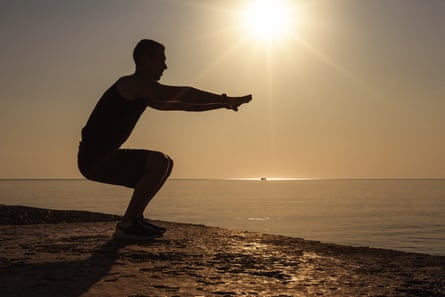
And for many, our sedentary lifestyle is to blame – it is very much a case of “use it or lose it”. Even two weeks of sitting on our backsides with little to no activity can be enough to start deconditioning and diminishing of our muscles. Further on from that, “the muscle no longer stays as muscle tissue, for the most part – it actually fills with fat and what we call fatty infiltrate”, Ganderton says. And once that happens, it can be very challenging to reverse and rebuild the muscle.
However the exercises to strengthen the gluteal muscles are actually pretty basic. The simplest one is called a “gluteal bridge” and just involves lying on your back, planting the soles of your feet on the floor or bed and lifting your pelvis up off that surface. Or while you’re lying down, roll on to your side and lift the upper leg upwards to about the width of your shoulders.
Ganderton’s own research in postmenopausal women with gluteal tendinopathy found that a simple standing exercise could also help.
“Standing on one leg where you’ve got both knees straight and you just lift up the opposite leg about a centimetre off the floor, so just weight shifting across uses a lot of muscle activity in the leg that’s standing on the ground,” she says.
For the more active and stable among us, Fearon also recommends squats and walking lunges, carrying weights if you’re up to it.
Even these simple exercises can make a big difference, Fearon says. “Say you had 100 people with gluteal tendinopathy, in a large percentage of them, if you got them to do some specific strengthening work for the hip abductors, and you gave them some suitable education, they’d probably all improve or a large percentage of them would.”
But at the most basic level, we just need to move more. “There’s really good evidence that shows that if you get up and move every 20 to 30 minutes – get up, do a few squats, go and get a glass of water, go to the photocopier, just get up and move – it actually sets off a whole lot of enzymes in your muscles, which is good,” she says. “Your brain gets a break and overall you do better.”

 12 hours ago
5
12 hours ago
5


